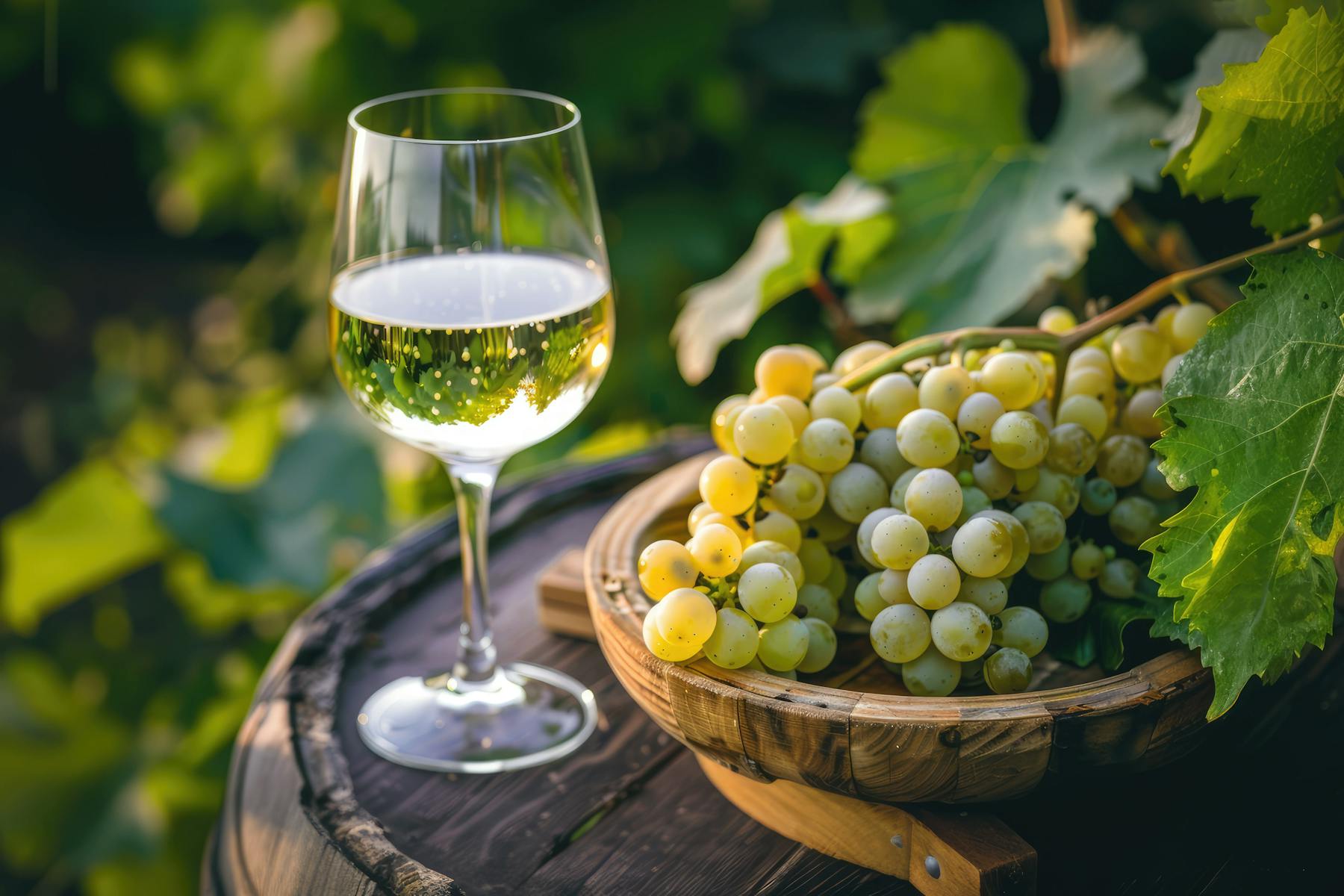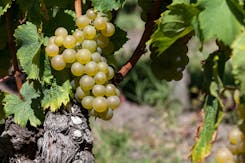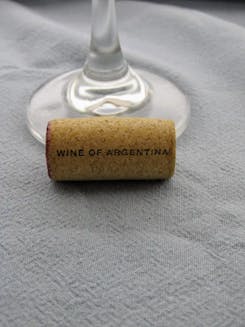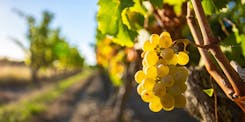- Wine world
Riesling : the secret of German and Alsatian wines
- Thu, Aug 29, 2024 at 08:00

The origins of the Riesling grape variety
Riesling has its origins in Germany, where it has been cultivated since the 15th century. The first records of this grape variety date back to 1435 in the Rhine region, more precisely in Rhenish Hesse. The cool climate of this region allowed Riesling to develop its delicate aromas and characteristic freshness. The grape quickly gained in popularity, spreading first to Alsace, then to other wine-growing regions of Europe and the world.
Characteristics of the Riesling grape variety
Riesling is a small-cluster grape, with medium-sized berries, pale yellow to golden when fully ripe. It is distinguished by its high acidity, which gives it great freshness and excellent aging potential. The aromas of Riesling are varied: they range from floral notes such as lime blossom and orange blossom, to fruits such as green apple, lemon and peach, and even more evolved aromas such as honey, beeswax and mineral notes. As it ages, Riesling can develop petroleum notes, particularly in exceptional terroirs.
Riesling can be vinified in a variety of ways, from dry to sweet. It is also often used to produce ice wines (Eiswein), where grapes are harvested and pressed while still frozen, concentrating sugars and aromas.
Where can you find the Riesling grape variety?
Riesling is mainly associated with Germany, where the Moselle, Rheingau, Pfalz and Nahe regions are best known for their high-quality Rieslings. In Alsace, Riesling is one of the noble grape varieties, producing some of the world's most famous dry, mineral wines.
Outside Europe, Riesling has found fertile ground in regions such as Australia, particularly in the Clare Valley and Eden Valley, where it produces wines with lime aromas and good acidity. In North America, the United States (notably in New York's Finger Lakes) and Canada also produce quality Rieslings, often used for ice wines.
Food and wine pairing Riesling
Riesling is an extremely versatile wine that pairs well with a variety of dishes. Here are a few suggestions to enhance your meals:
- Dry Riesling: with seafood, grilled fish, sushi, or lightly spiced dishes such as Thai or Vietnamese cuisine. The freshness and acidity of Riesling balance the richness of fatty dishes.
- Semi-dry Riesling: with spicier Asian dishes, white meats like chicken or pork with fruit sauces, and soft cheeses like Brie or Camembert.
- Smooth Riesling: to accompany fruit desserts, such as apricot tart or exotic fruit salad.
- Sweet Riesling: with desserts such as tarte tatin or lemon cake, or blue cheeses like Roquefort, where the sweetness of the wine contrasts pleasantly with the salinity of the cheese.



